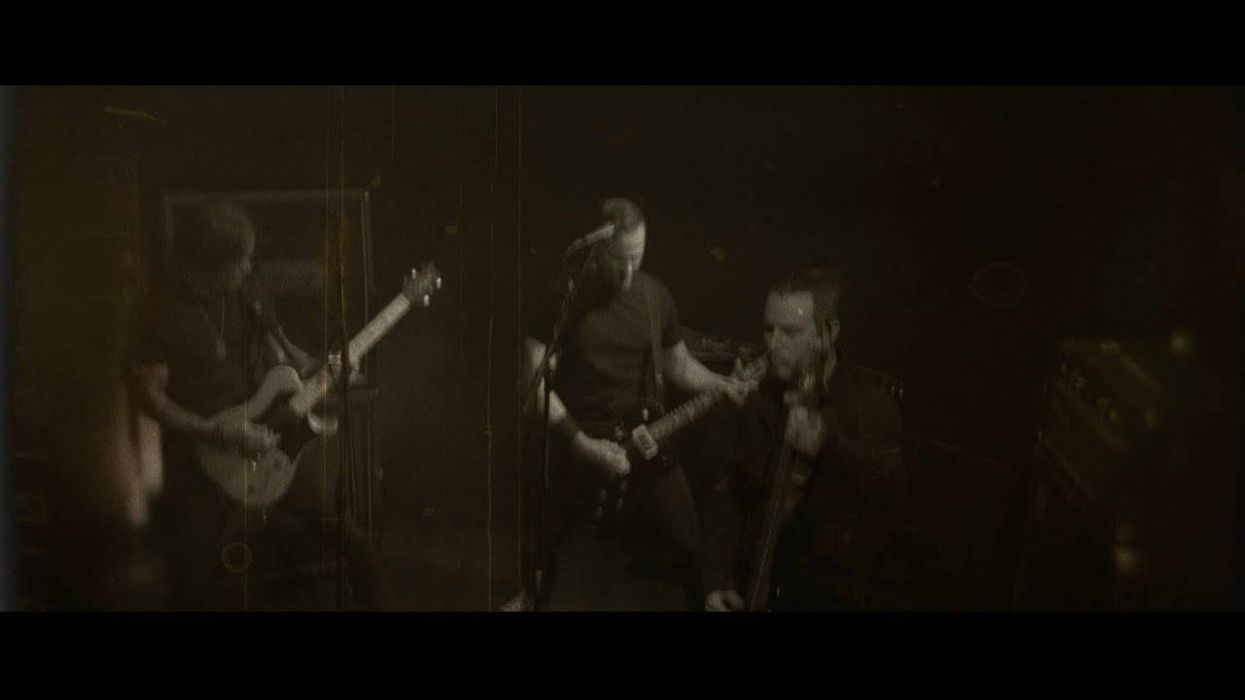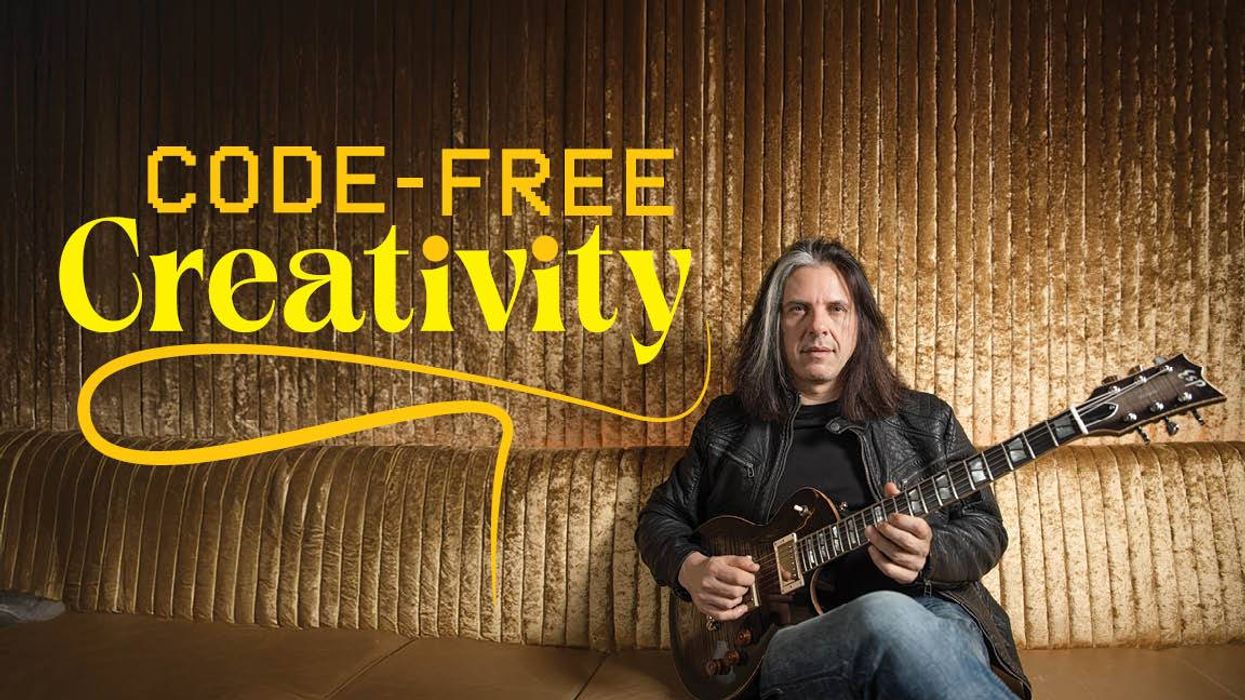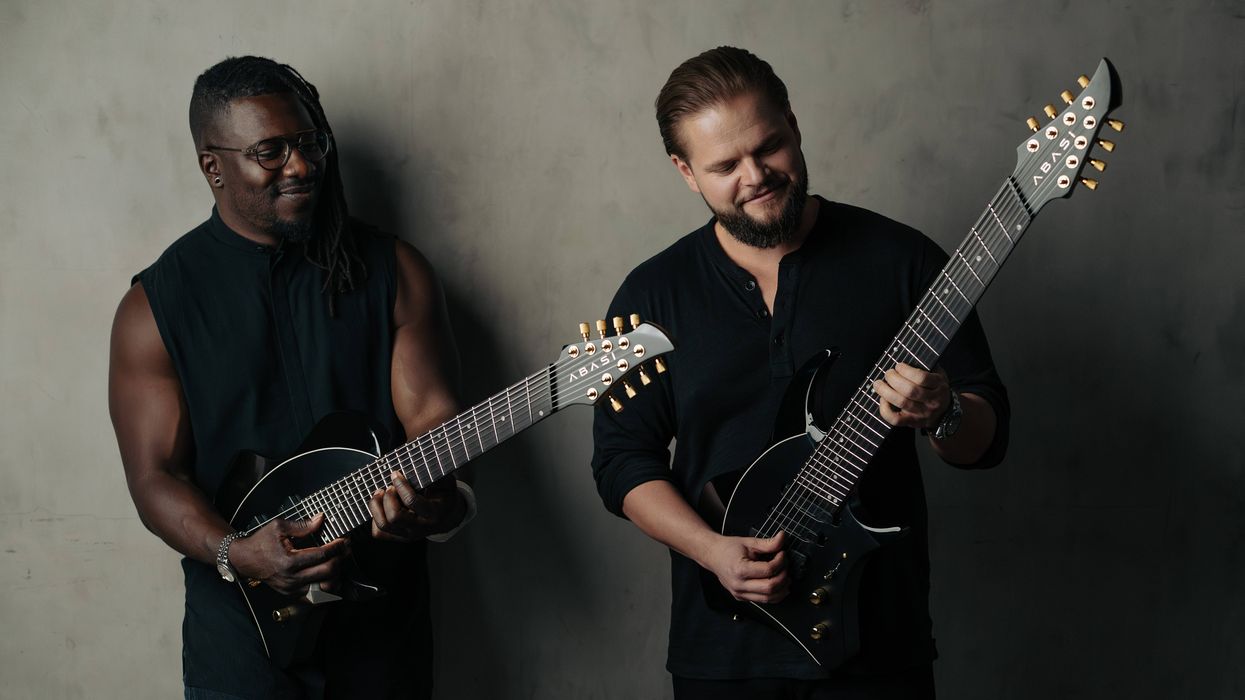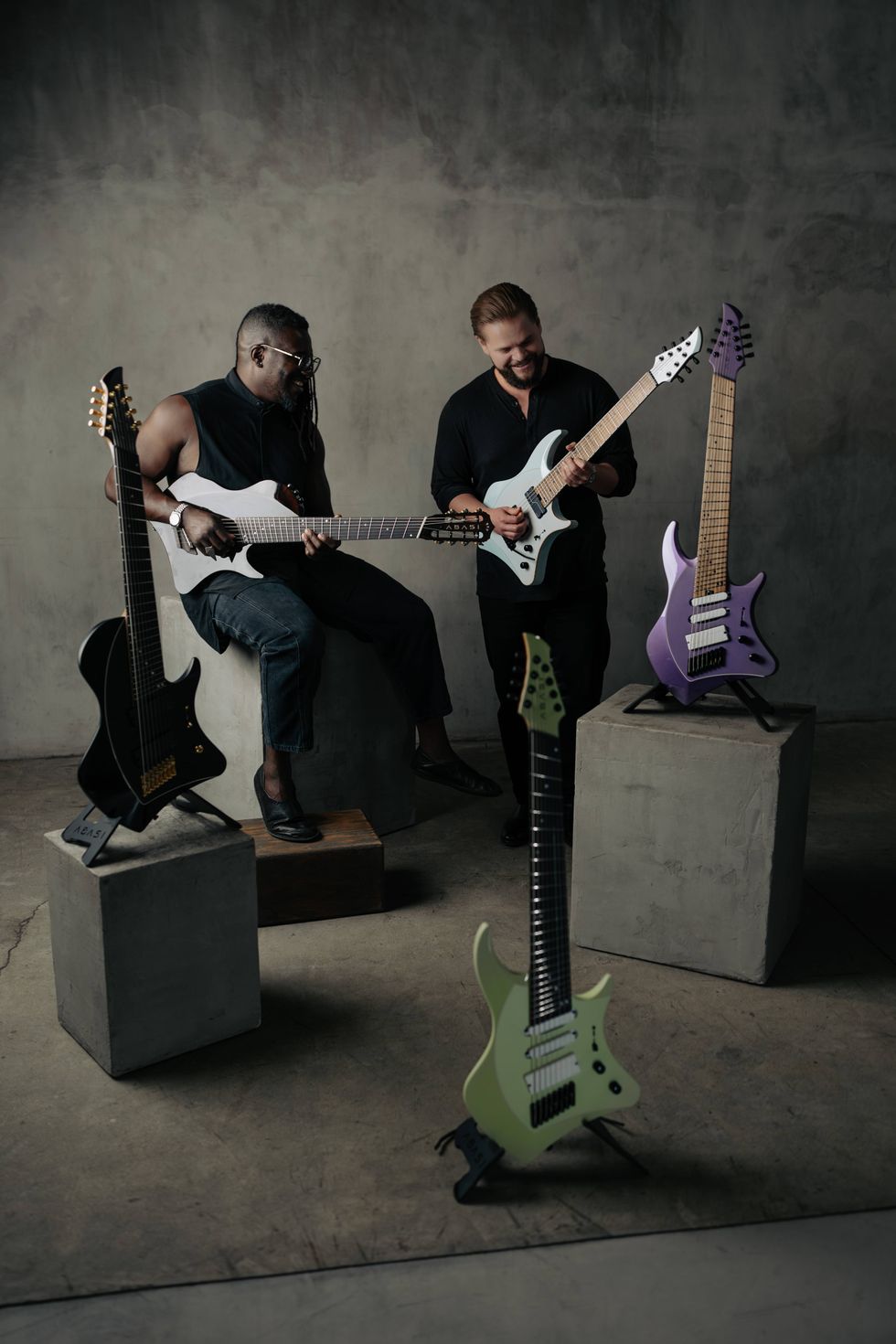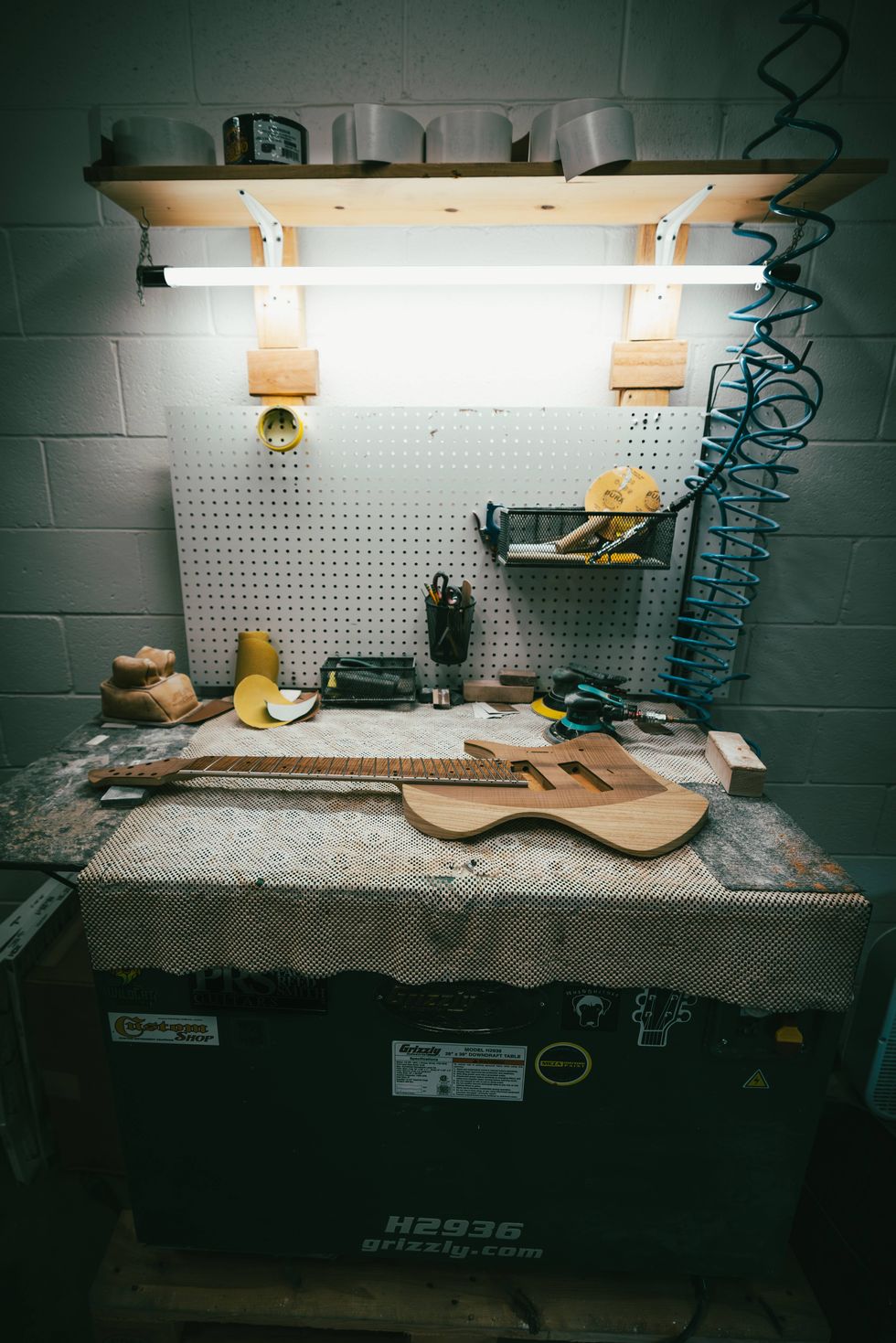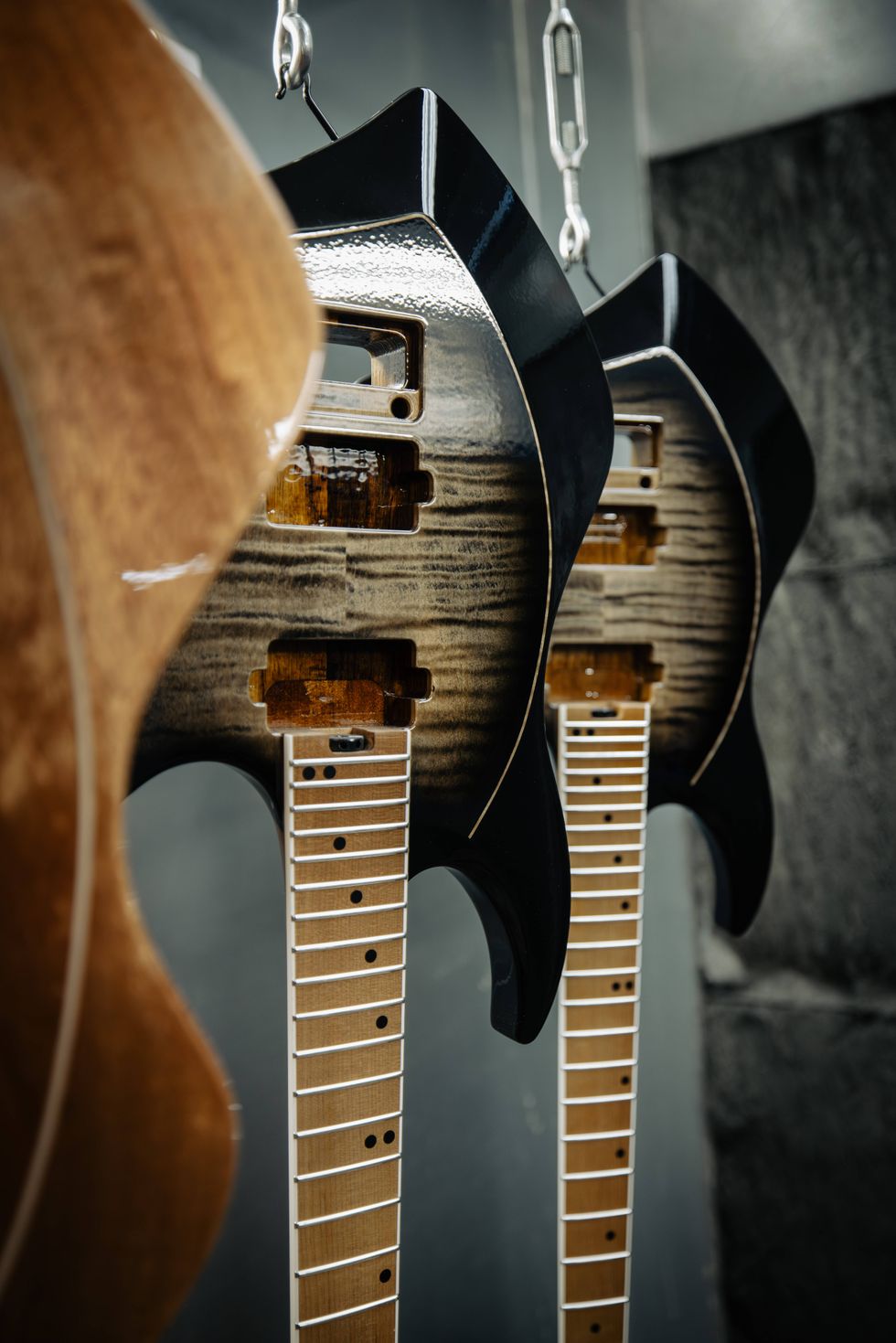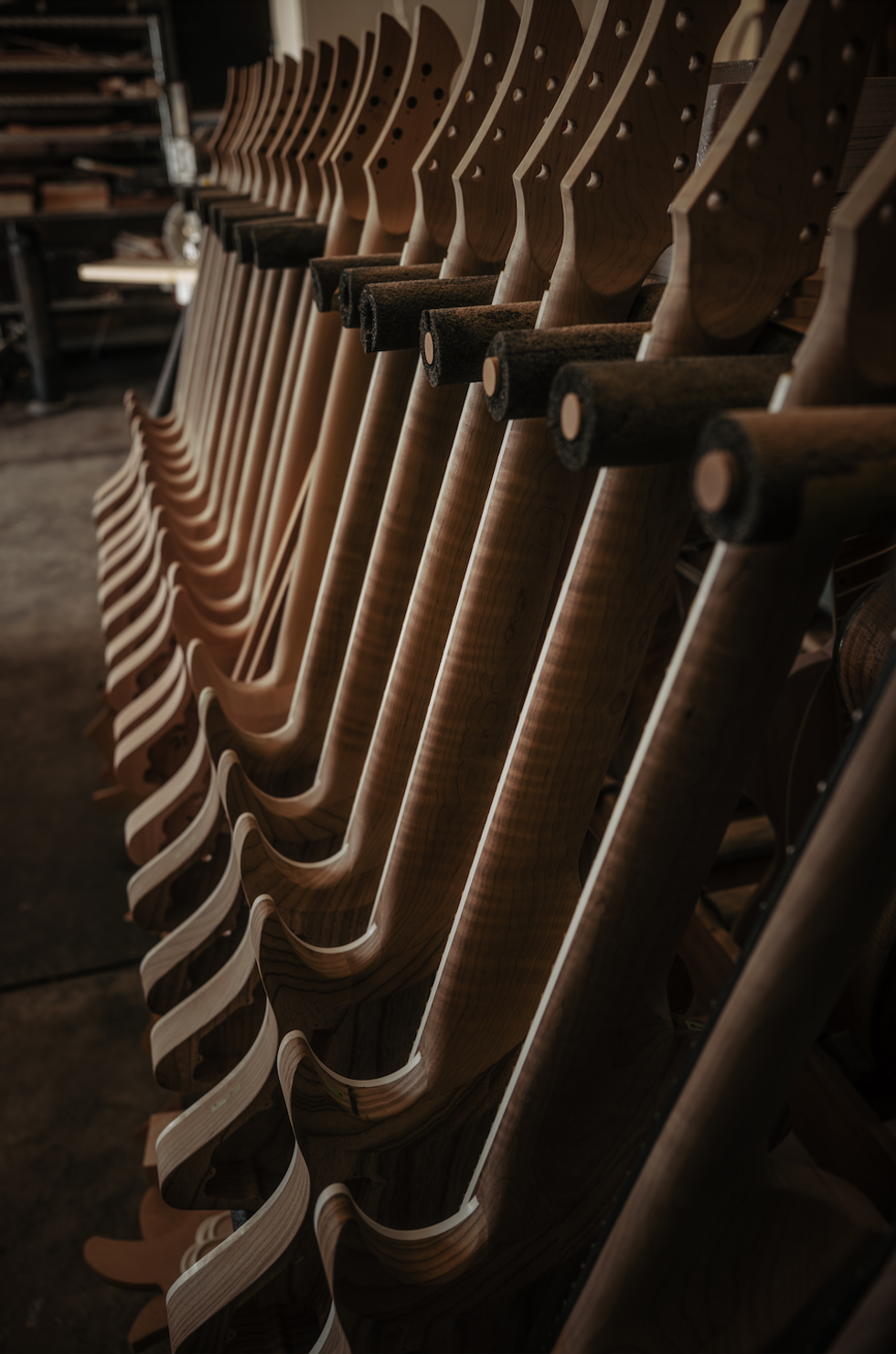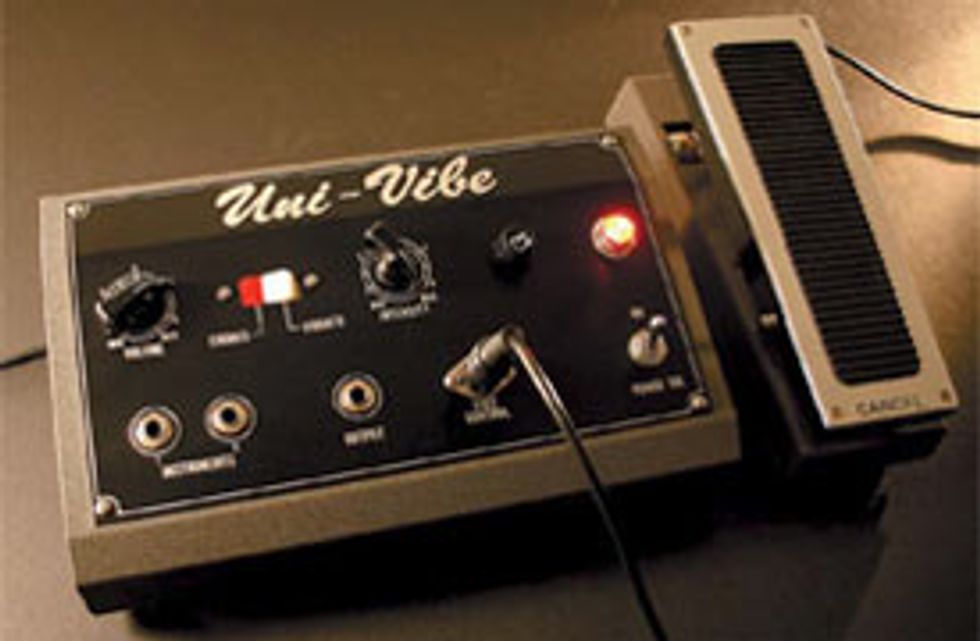 Welcome to our second installment of Stompbox Classics here at Stomp School. This month we’ll take an in-depth look at the legendary Univibe. Made famous by the likes of Jimi Hendrix, Robin Trower and a host of others, the Univibe has become one of the most popular and well-known of all vintage effects, inspiring several boutique (and not so boutique) clones. Original examples now sell for well over $1000 on the vintage market. Since the effect debuted in 1968, countless guitarists have fallen under the spell of its throbbing, hypnotic pulse and lo-fi, lopsided sweep. The unmistakable sound of the Univibe sets it apart from every other modulation- type effect, nearly placing it in a category of its own.
Welcome to our second installment of Stompbox Classics here at Stomp School. This month we’ll take an in-depth look at the legendary Univibe. Made famous by the likes of Jimi Hendrix, Robin Trower and a host of others, the Univibe has become one of the most popular and well-known of all vintage effects, inspiring several boutique (and not so boutique) clones. Original examples now sell for well over $1000 on the vintage market. Since the effect debuted in 1968, countless guitarists have fallen under the spell of its throbbing, hypnotic pulse and lo-fi, lopsided sweep. The unmistakable sound of the Univibe sets it apart from every other modulation- type effect, nearly placing it in a category of its own. First of all, for those who may not know, I’ll describe what exactly a Univibe is and what makes it different than other effects. Technically speaking, a Univibe is a four-stage phase shifter, but with a twist. Analog Mike explains:
“The Univibe is an odd circuit based on transistors controlling the audio and a pulsing light bulb. There is an amazingly detailed explanation of the technology of the Univibe on R.G. Keen’s (Premier Guitar’s own “Tech Views” columnist) website, geofex.com. Surrounding the bulb are four light sensors, which control the four stages of phasing. The original Univibe used a square, aluminum, bent metal box to cover the light bulb and sensors to keep the light bright and even.
“The Univibe has two basic settings – Vibrato and Chorus. Chorus is the normal Univibe sound, which is simply the Vibrato sound (wet sound) with an unaffected (dry) signal mixed in. It’s not really a chorus though – modern chorus pedals use delay chips to create what we now call a chorus sound. The Vibrato sound is a bit weak – it’s the mixing of the wet and dry in Chorus mode that makes the cool “notches” that you hear in a good phaser. The original Univibe did have some problems, such as lack of bypass; your signal always runs through it, and a dulling of your signal and a reduction of volume usually result. Most modern versions have cured these problems, but (at least some of) the old originals really do sound cool.”
What we’ve come to know as the Univibe was so named by the U.S. distributor, Unicord, but it was better known in the rest of the world as the Jax Vibra-Chorus, made in Japan by Shin-ei, perhaps the biggest OEM effects mega-manufacturer of the seventies. The Vibra-Chorus also appeared under several different brand names and variations of the effect were also marketed as the Shin-ei Resly Machine and the Nomad Verberola. An even lesser known fact is that the Vibra-Chorus was derived from an earlier product called the Psychedelic Machine, which was actually a Univibe and Super Fuzz together in one unit the size of a small amp head. The Psychedelic Machine was produced under the brand names of Honey, Electra and Companion. Univibe inventor, Fumio Mieda, shared with us his thoughts on this influential effect:
“At that time, I was madly enthusiastic about discovering what kind of effect would be created by phases. I did many experiments on phase processing. I had some knowledge about how to get phase shifting while I was developing organs, then I came up with the idea to use the method of photo-resistors and a flashing lamp. However, this way took some time to achieve a good result because the lamps and photo-devices I could get during that period responded very slowly and the quality of those parts was not so good, so it was difficult to complete the method. I designed an oscillator to let the lamp flash be amplified only by resistors and condenser chips (as a passive device). This was not a method engineers usually took, but I liked trying new things.”
As original units became scarcer and styles of music changed, interest in the Univibe had all but disappeared by the mid to late eighties. But when a couple of high-end boutique recreations were introduced in the early nineties, guitarists rediscovered and got back in tune with the ‘Vibe. Dave Fox may have been the first to market with the Foxrox Pro Vibe, available from ’89-’94 as a stand-alone unit before being revived in 1999 as part of the Captain Coconut. The player’s choice throughout the nineties was undoubtedly the Black Cat Vibe, a rackmount unit that found favor with Eric Johnson, Trey Anastasio, Scott Henderson, Steve Lukather, Michael Landau, and many others – Black Cat is currently on hiatus and a newly revamped line of products is slated to be introduced in 2008. The Vibe revival of the nineties gave us many of today’s favorites, including the Prescription Electronics Vibe-Unit – originally made by Bob Sweet of Sweet Sound – Fulltone Déjà-Vibe, Roger Mayer Voodoo Vibe and the Sweet Sound Mojo Vibe.
That’s it for now. Check back next month for another Stompbox Classic – the A/DA Flanger. Until then, keep on stompin’!
Tom Hughes
(a.k.a. Analog Tom) is the owner and proprietor of For Musicians Only (formusiciansonly.com) and author of Analog Man’s Guide To Vintage Effects. For Musicians Only is also the home of the FMO Gear Shop. Questions or comments about this article can be sent to: stompschool@formusiciansonly.com
Analog Man
(analogman.com) is one of the largest boutique effects manufacturers and retailers in the business, established by “Analog” Mike Piera in 1993. Mike can be reached at AnalogMike@aol.com


